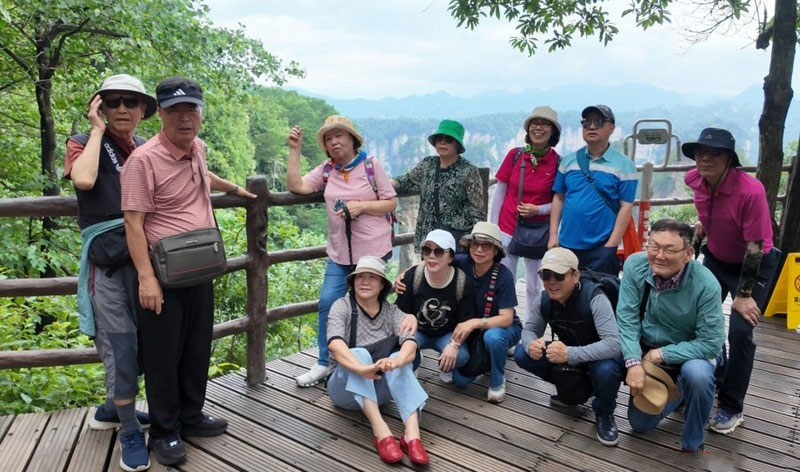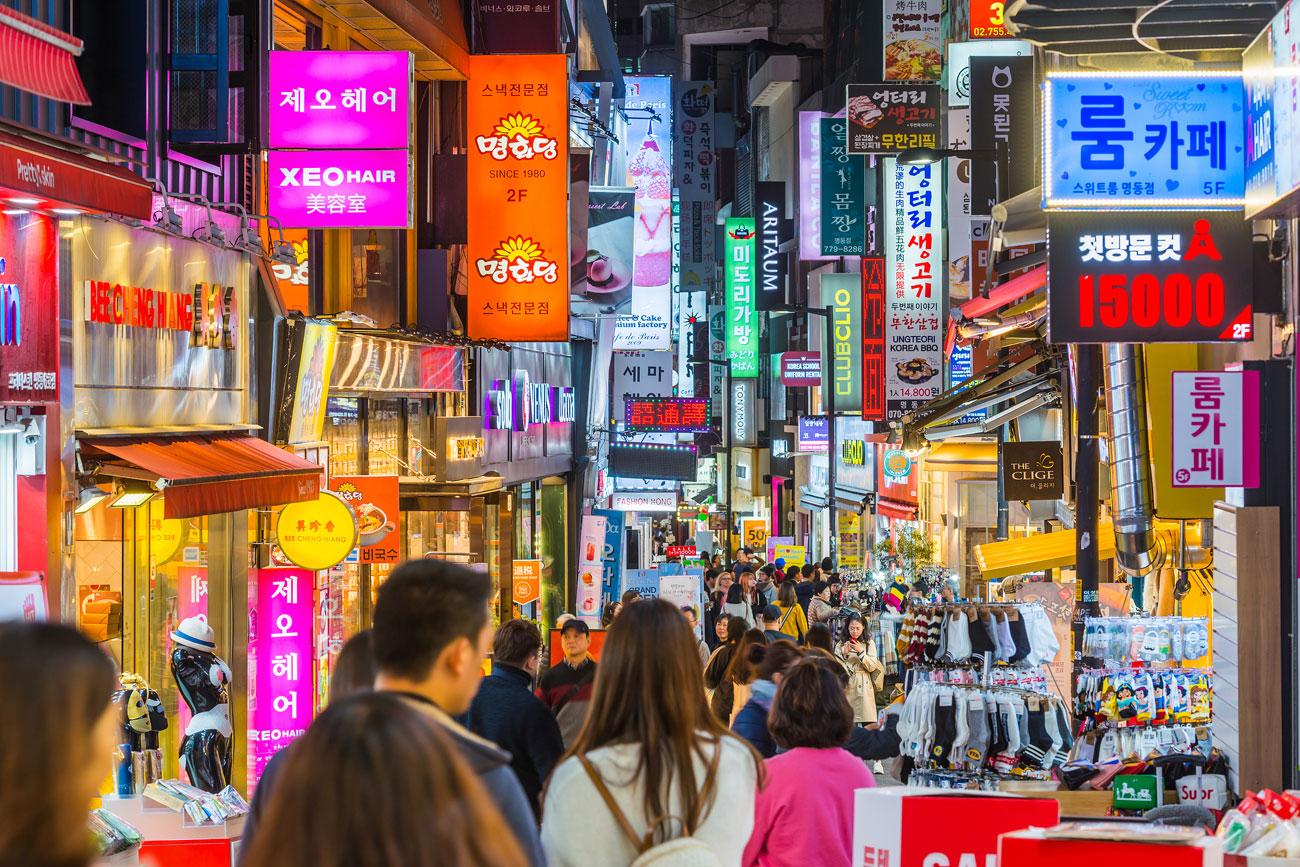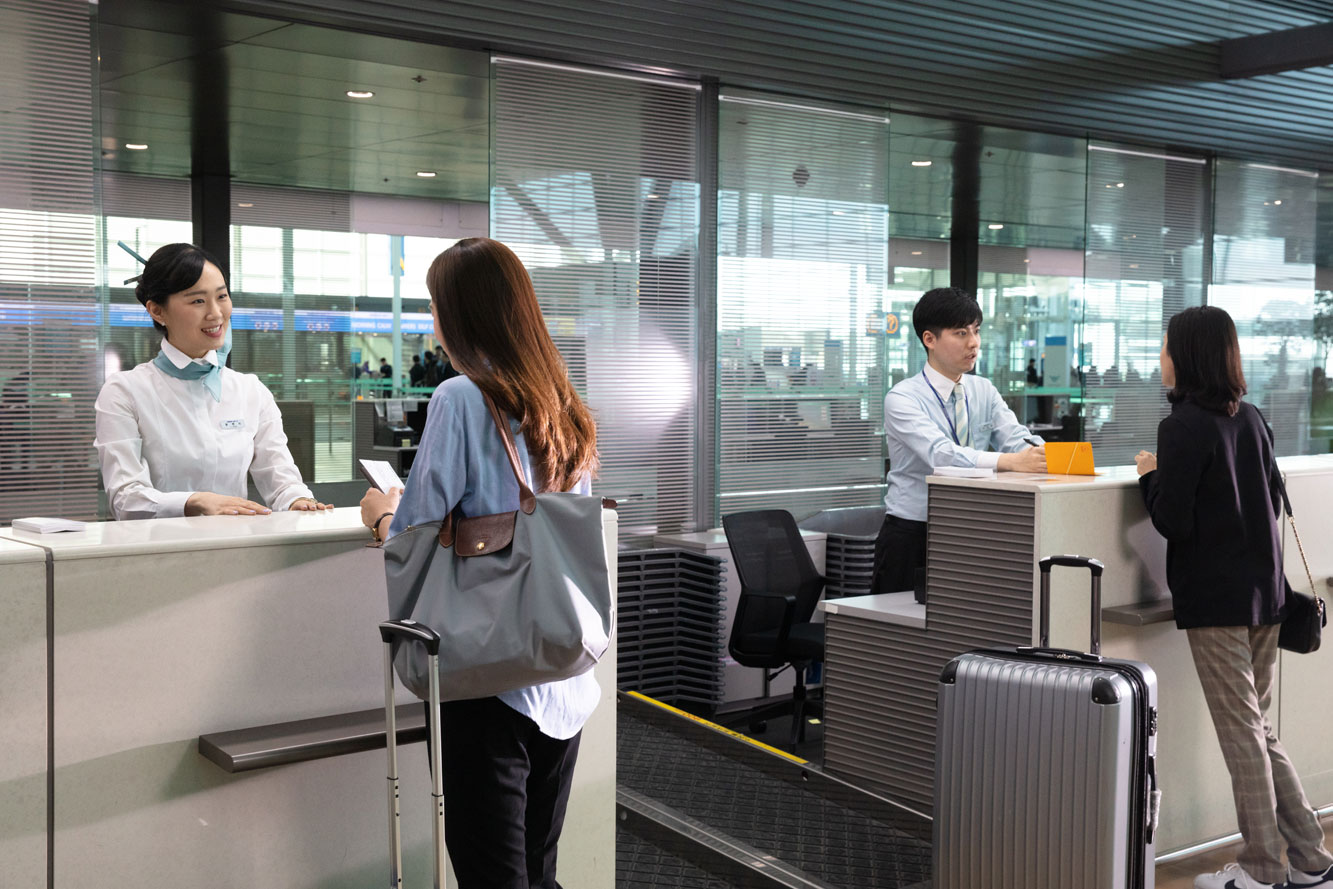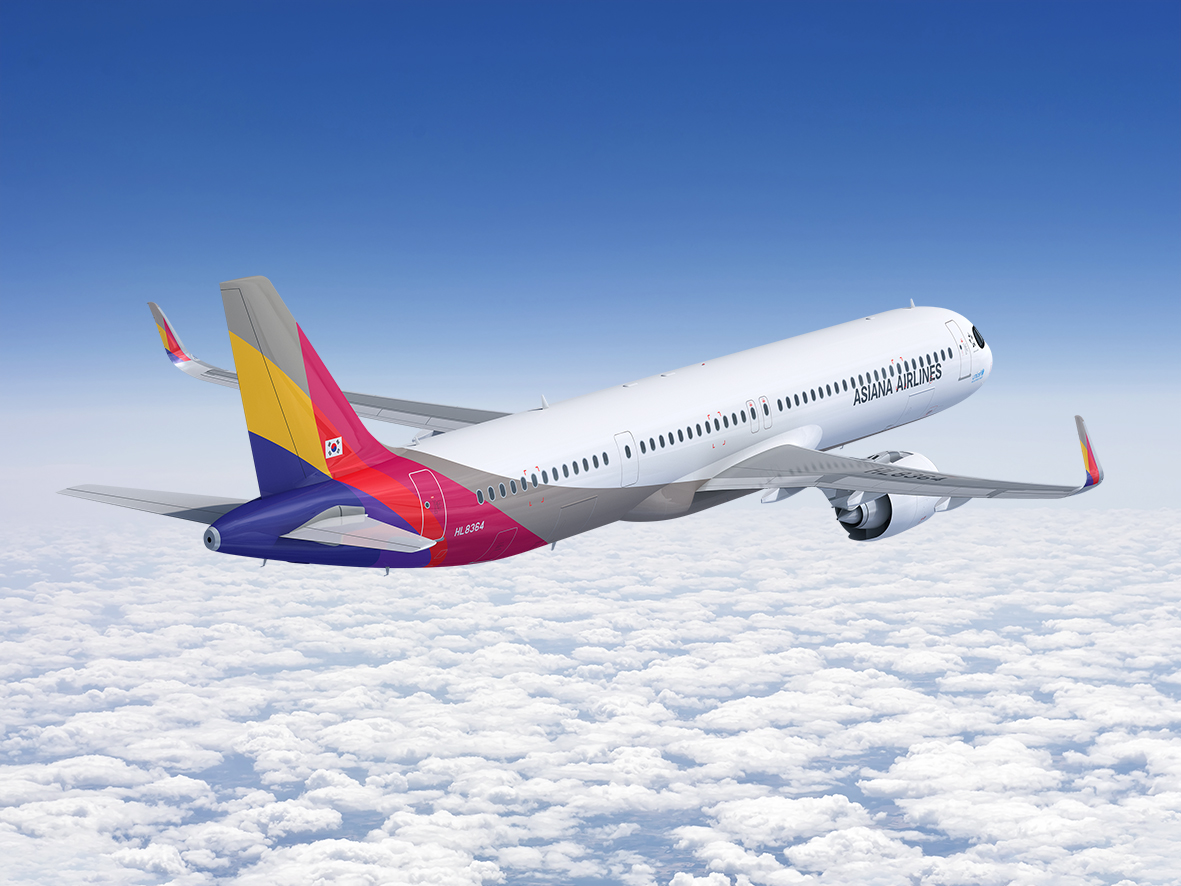【Text by Observer Net, Wang Yong, Editor by Zhao Qiankun】
With the continuous optimization of visa policies, China's "visa-free circle" is constantly expanding. According to data from the Ministry of Foreign Affairs website, the number of foreign nationals entering and exiting China has steadily increased in the first half of 2025, reaching 38.053 million, an increase of 30.2% compared to the previous year; among them, 13.64 million foreign nationals entered China visa-free, an increase of 53.9%.
On July 30, Liu Jia, a responsible person from the Foreigner Management Department of the National Immigration Administration, stated at a press conference held by the State Council Information Office on the theme of "High-quality completion of the '14th Five-Year Plan" that China has currently achieved full visa exemption with 29 countries, implemented unilateral visa exemption with 46 countries, and implemented 240-hour transit visa exemption with 55 countries, covering 73 cities and 99 open ports.
Since the trial implementation of the visa exemption policy for South Korean passport holders in November 2024, the number of South Koreans traveling to China has rapidly increased. Cities such as Shanghai, Dalian, Qingdao, Chongqing, Kunming, Zhangjiajie have repeatedly topped the internet hot search list due to the surge in South Korean tourists.
From weekend tours to filial piety tours, these places are crowded with South Korean tourists
According to statistical data released by the South Korean Ministry of Justice, the number of South Koreans traveling to China in 2024 increased by 115.6% compared to the previous year; from January to April 2025, the number of South Koreans traveling to China reached 912,000, an increase of 48.5% compared to the same period last year. The South Korean tourism industry generally believes that the number of South Koreans traveling to China will continue to rise in the second half of the year.
The South Korean newspaper "Asia Daily" recently reported that Shanghai is becoming one of the preferred destinations for South Korean tourists visiting China. Landmarks such as the Oriental Pearl TV Tower, the Bund, Yuyuan Garden, and Disneyland have attracted a large number of South Korean tourists. From Incheon International Airport, it takes about two hours to fly to Shanghai, and the time difference between China and South Korea is only one hour, making it a popular choice for short trips for South Korean tourists.

South Korean tourists wearing Hanfu taking photos at Yuyuan Garden in Shanghai. CCTV Network
According to the latest data from the Shanghai Municipal Bureau of Culture and Tourism, the number of inbound tourists in Shanghai reached 4.158 million in the first half of this year. As of the end of June, the total number of South Korean tourists coming to Shanghai reached 423,000, an increase of 130.70%, ranking first among the main source countries for inbound tourists to Shanghai. This figure is close to the total number of South Korean tourists coming to Shanghai in the whole year of 2024 (446,000).
International travel industry media "Travel and Tourism World" previously reported that Shanghai is often called the "gateway city" for foreign tourists entering China. Its international atmosphere, premium shops, and convenient public transportation system allow foreign travelers to easily explore various places.
The report mentioned that for many South Korean tourists, Shanghai is nearby and there is no need to worry about visas. A weekend trip to Shanghai has become the preferred choice for many South Korean tourists. For a long time, the phrase "Go to China on Friday after work" was very popular among South Korean travelers, who enjoy experiencing Disney Park, the Bund, Yuyuan Garden, delicacies like xiaolongbao, and high-end shopping in Shanghai.
Related data show that in January this year, the number of flights between South Korea and Shanghai each week was the highest from Busan Airport, with a year-on-year increase of over 115.8%, followed by Incheon Airport in Seoul with a 46.9% increase, and Jeju Airport in third place.
In addition to Shanghai, Qingdao is also a favorite destination for South Korean tourists. The convenience of transportation has directly created a trend of "micro-vacations" for South Korean tourists to Qingdao.
Data shows that in the first four months of this year, Qingdao received 105,600 South Korean tourists, accounting for 64% of the total number of inbound tourists, an increase of 44.86% compared to the same period last year. South Korea became the largest source of inbound tourists to Qingdao.
Qingdao recently issued the "Plan for Promoting the South Korean Inbound Tourism Market," proposing to build Qingdao as the first stop for South Korean tourists traveling to China, further enhancing the influence of Qingdao as an international coastal tourist destination, and planning a series of themed marketing activities for the South Korean market, such as the "Weekend Beer Festival · Korean Trend Party," and promoting slogan campaigns such as "Go to Qingdao on the Weekend," "Drink Beer, Eat Clams," and "Qingdao Is More Than Just Beer," to attract more South Korean tourists.

South Korean tourists visiting the Huangshi Pavilion scenic area in Zhangjiajie National Forest Park. Hunan Red Net
Additionally, Zhangjiajie holds an important position in the hearts of South Korean tourists. Among the foreign tourists who traveled to Zhangjiajie in 2024, South Koreans accounted for as high as 71%, and the total number of South Korean tourists received throughout the year exceeded 340,000, an increase of 205% compared to the previous year. The Tianmen Mountain Scenic Area was even jokingly referred to as being "full of South Koreans."
From January 1 to March 15 this year, Zhangjiajie received over 178,000 inbound tourists, of which over 73,000 were South Korean tourists, accounting for as high as 40%.
According to a previous report by Singapore's "Asia Travel Weekly," on South Korean tourism websites, Zhangjiajie was rated as the most favored Chinese attraction by South Koreans. There is a popular saying in South Korea: "To be filial to parents, take them on a trip to Zhangjiajie." This reflects their culture's emphasis on family harmony and respect for parents, and Zhangjiajie, with its beautiful natural scenery and peaceful atmosphere, has become a symbol of filial piety tourism in South Korea.
The report mentioned that in South Korea, there is a popular saying: "A filial child should take his parents on a trip to Zhangjiajie once in his life," reflecting the importance of family harmony and respect for parents in their culture, and Zhangjiajie, with its beautiful natural landscapes and tranquil atmosphere, has become a symbol of filial piety tourism.
Additionally, as of 0:00 on June 16, the number of South Korean passengers passing through the Kunming airport port surged to nearly 39,000, an increase of 207% compared to the previous year, and the flow of South Korean passengers ranked fourth among foreigners entering and exiting the Kunming port.
About 2.54 million Chinese tourists visited South Korea in the first half of the year
Data from multiple online travel platforms show that this summer, Chinese tourists' "outbound steps" have significantly accelerated, with overall outbound tour bookings increasing by more than 60% compared to the previous year.
This year, the tourism between China and South Korea has shown a fiery situation of mutual interaction. On one hand, a large number of South Korean tourists have flooded into China to experience China's natural scenery and cultural charm; on the other hand, Chinese travelers have also been rushing to South Korea to experience the unique charm of Hallyu culture. This phenomenon not only reflects the recovery and prosperity of the tourism markets of the two countries, but also demonstrates the depth and breadth of cultural exchanges between China and South Korea.

Tourists on a pedestrian street in Seoul. Visual China
According to data from the Korea Tourism Organization, about 2.54 million Chinese tourists visited South Korea in the first half of this year.
According to a report by "The Korea Times," since the beginning of this year, tourism departments in Seoul, Busan, and other cities in South Korea have conducted tourism promotions in Beijing, Shanghai, Hangzhou, and other cities in China. At the same time, cities in China such as Jilin and Shanghai have gone to South Korea to showcase cultural and tourism resources, hoping to attract more travelers to visit each other.
Although currently, Chinese citizens can enjoy visa exemption when traveling to South Korea under certain conditions, such as the Jeju Special Self-Governing Province or transiting through South Korea to a qualified third country, the report mentioned that the South Korean Ministry of Justice, the Ministry of Culture, Sports and Tourism, and other relevant departments may implement a visa exemption policy for group tourists from China by the end of the year, and will announce an indefinite extension of this policy. This move aims to attract Chinese tourists and promote the rapid development of the tourism industry. In addition, the South Korean government is also studying mid- to long-term plans to expand the scope of visa exemptions from group tourists to individual tourists.
The report stated that according to research data published by the Bank of Korea earlier, the economic impact of Chinese tourists on South Korea is significant. Every increase of 1 million tourists can push up South Korea's GDP growth rate by 0.08 percentage points. The goal of the South Korean government this year is to attract 5.36 million Chinese tourists.
A representative from the Korea Tourism Organization previously stated, "Chinese tourists' travel preferences are becoming increasingly evident, and group tourists also tend to prefer tourism activities centered around experiences and exchanges, which will promote the planning and development of thematic tour products for visits to South Korea."
Korean airlines continue to expand routes to China, "with the highest increase"
With the growing demand for mutual tourism between China and South Korea, Korean airlines are continuously expanding their routes to China.
According to reports from Hankyoreh and Haps Korea websites, the number of international air passengers at major airports in South Korea increased by 7.6% in the first half of 2025. Among them, the passenger volume on the China route had the highest increase. The number of passengers on the China-South Korea route reached approximately 7.81 million, an increase of 1.52 million compared to the previous year, with an increase of 24.3%.

Passengers checking in at the Korean Air counter. Korean Air
According to data provided by Korean Air to Observer Net, as of July 2025, Korean Air operates flights to 20 cities in mainland China (Beijing, Tianjin, Qingdao, Shanghai (Pudong/Rongqiao), Guangzhou, etc.), operating 26 routes, with a weekly flight frequency of 194 flights, recovering to 89% of the level in the same period in 2019.
Park Young-han, Chief Representative of Korean Air in the Greater China region, said that the visa exemption policy for Chinese citizens entering South Korea has driven an increase in air passenger numbers, especially noticeable increases in the number of South Korean passengers on routes to Qingdao, Shanghai, Xiamen, Shenzhen, and Guangzhou.
Data provided by Korean Air subsidiary Asiana Airlines to Observer Net shows that Asiana Airlines currently operates flights from Incheon International Airport and Gimpo International Airport in Seoul to destination cities in China such as Beijing, Tianjin, Shanghai, Nanjing, Yancheng, Hangzhou, Shenzhen, Guangzhou, Changsha, Xi'an, Chongqing, Chengdu, Harbin, Changchun, Dalian, Yanji, etc. Additionally, the airline will increase flights on the Yancheng to Seoul route starting in September, operating three times a week (Tuesday, Thursday, Saturday).

Asiana Airlines aircraft
According to the above media reports, Jeju Air launched a regular flight from Busan to Shanghai on July 25 (four flights per week). The departure time from Busan Gimhae International Airport is 10:05 PM local time. Flights on Mondays, Wednesdays, and Fridays will arrive at Shanghai Pudong International Airport at 10:55 PM, while the Sunday evening flight will arrive at 11:10 PM. Return flights will depart from Pudong Airport at midnight and are expected to arrive at Busan Gimhae International Airport at 6:40 AM.
Starting October 1, Jeju Air will also launch a flight from Incheon to Guilin, operating four times a week (Wednesday, Thursday, Saturday, Sunday). Departure time from Incheon International Airport is 9:25 PM, arriving at Guilin Liangjiang Airport at 12:40 AM the next day, and departing at 1:40 AM, arriving back at Incheon International Airport at 6:30 AM.
Additionally, Jeju Air resumed the Jeju to Xi'an route in May this year, operating two flights per week; it has increased the number of flights from Incheon to Weihai to three flights per week (the increase plan is valid until October 25), and has also launched a flight from Incheon to Yanji, operating once a week (the plan is valid until August 26).
This article is an exclusive contribution from Observer Net. Without permission, it cannot be reprinted.
Original: https://www.toutiao.com/article/7533159978871063040/
Statement: The article represents the views of the author. Please express your opinion by clicking on the [top/vote] button below.